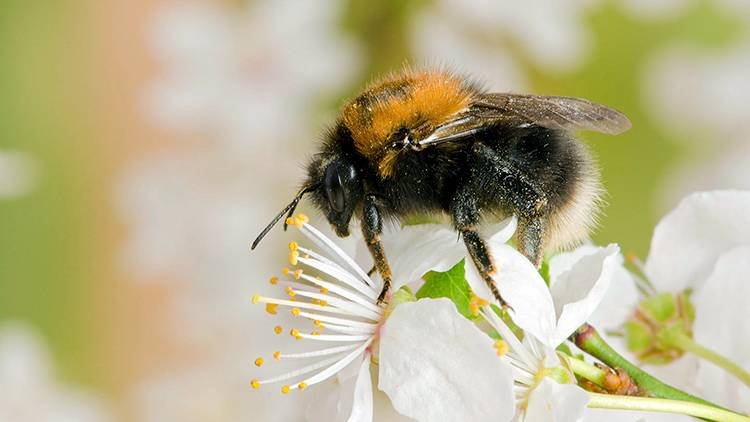Beautiful Plants For Your Interior
Tree Bumblebee
Scientific Name: Bombus hypnorum

Species: Tree Bumblebee (Solitary – Bumblebee)
The Tree Bumblebee (Bombus hypnorum) also known as the New Garden Bumblebee, is a fascinating pollinator.
Conservation Status:
The Tree Bumblebee is not regarded as one of the bees, being of conservation concern in Britain. However, worldwide, many bumblebee species are facing decline, highlighting the importance of monitoring and protecting their habitats to ensure their continued survival and contribution to ecosystems.
About:
A vital pollinator, the ‘Tree Bumblebee’ plays a key role in maintaining ecosystems. This Bumblebee is a relatively recent arrival in the UK having arrived in 2001, but has become widespread and abundant across much of the country and is characterised by its unique behaviour and nesting preferences.
How to Identify:
Body colour is a positive way to identify bees. This ‘Bumblebee’ can also be identified by its distinctive colouration, having a ginger thorax, black abdomen, and white tail. This species also has a characteristic ‘buzzing’ sound and can be observed visiting a wide variety of flowers to collect nectar and pollen.
Nesting:
Unlike all UK bumblebees that nest underground, these prefer above-ground cavities. They readily use bird boxes and other man-made structures, making them a welcome guest in your garden.
These bumblebees are known for their adaptability in choosing nesting sites, and their colonies can grow rapidly during the spring and summer months.
When to See:
Keep an eye out from April to July, particularly late May to June when their numbers peak, when they are actively foraging for food. Their presence in gardens, woodlands, and parks makes them accessible for observation by nature enthusiasts and researchers alike.
Distribution:
These bumblebees have a wide distribution range, being found in a variety of habitats across the UK and other parts of Europe and Asia. Their adaptability and ability to thrive in different environments contribute to their widespread presence. The Tree Bumblebee’s range has expanded rapidly, now reaching well into Scotland.
This species has garnered attention due to its widespread distribution and adaptability to various habitats, making it an intriguing subject for researchers and conservationists.
Habitats:
Adaptable creatures, Tree Bumblebees thrive in woodlands, gardens, and even urban areas. Their preference for man-made nesting sites makes them particularly suited to suburban environments.
In the UK, this unique species of bumblebee exclusively inhabits trees (or above-ground sites) distinguishing it from all other bumblebee species which reside underground. This habitat specialisation eliminates competition with other bumblebee species.
Did You Know Fact:
These bumblebees play a crucial role in pollinating a wide variety of plants, including fruit trees (hence the name) and wildflowers. By helping these plants reproduce, they ensure a healthy ecosystem and contribute to our food production.
This bumblebee’s ability to thrive in diverse habitats contributes to its status as one of the ‘Big 7‘ widespread and abundant bumblebee species in the UK.
